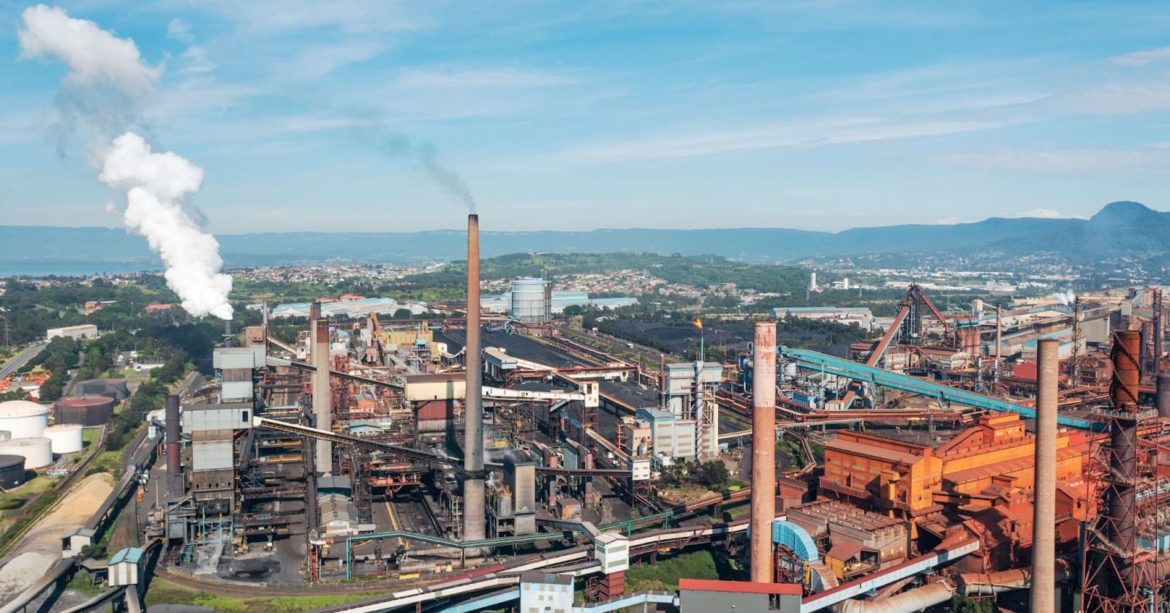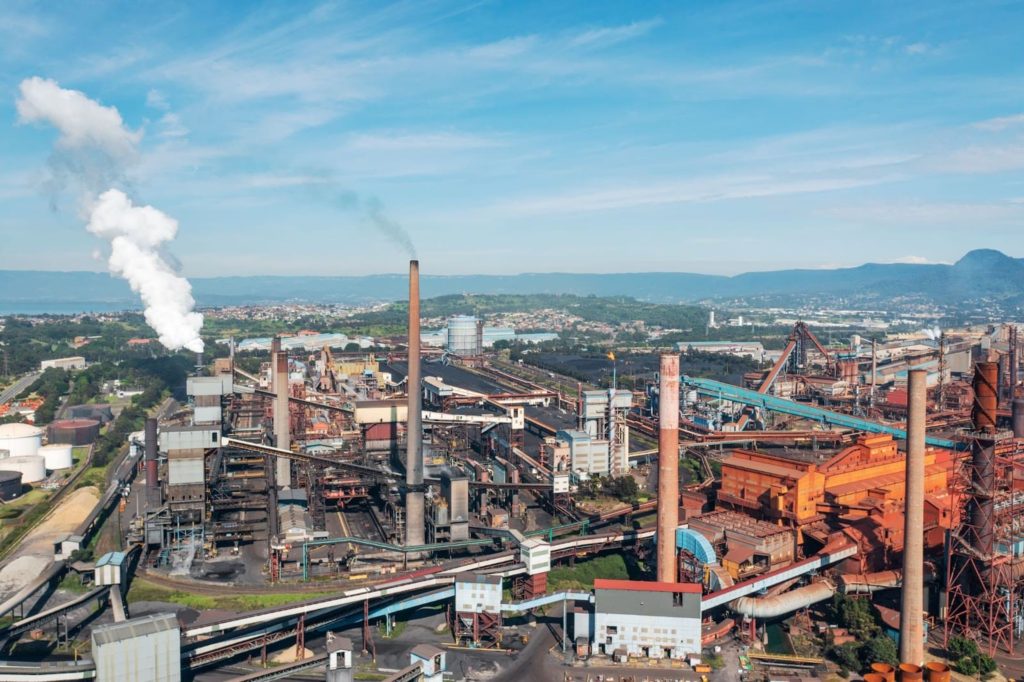What is Carbon Capture and Storage?
We live at a time when reducing the release of carbon emissions into the atmosphere is vital. Carbon capture and storage (CCS) can help with this. As the name suggests, the technology enables the capture and storage of carbon dioxide (CO2) before it’s released into the atmosphere.
As much as 90% of CO2 emissions can be captured and stored using CCS. This has the potential to significantly reduce environmental damage caused by burning fossil fuels during processes such as the generation of electricity and steel and cement production. This is a valuable tool for countries and industries that are looking to meet emission reduction targets.
Key points
- We live at a time when reducing the release of carbon emissions into the atmosphere is vital. Carbon capture and storage (CCS) can help with this.
- The technology enables the capture and storage of carbon dioxide (CO2) before it’s released into the atmosphere.
- CCS works by separating CO2 from other gases and compressing it. The CO2 is then injected back into geological formations in the ground. It can also be used to create commercial products using a process known as Carbon Capture and Utilisation (CCU).
- The Australian government has invested heavily in a combination process, CCUS (Carbon Capture Utilisation and Storage). The government believes this will help begin the decarbonisation of fossil fuel intensive industries.
What does Carbon Capture and Storage technology involve?
CCS technology enables the transport and storage of emissions from power stations, fossil fuel intensive industries, and gas fields. It does so by separating CO2 from other gases and compressing it. The CO2 is then injected back into geological formations in the ground.
There is also a related process, Carbon Capture and Utilisation (CCU) which results in the CO2 being used to create commercial products. These processes are especially useful in emissions intensive industries.
Although CCS and CCU are not zero emissions solutions, they are seen as a means of achieving significant progress in emissions reduction. It’s believed that they have a valuable role to play alongside developing alternatives to the use of fossil fuels. This is why many countries, including Australia, are embracing the technology.
Australian government dedicated to Carbon Capture Utilisation and Storage
The Australian government has put its faith in the use of CCUS to help the country move towards meeting its targets for reducing emissions. This is a combination of storing and using the CO2 which is prevented from entering the atmosphere.
The government is investing heavily in the revolutionary technology required and the development of a CCUS friendly landscape in the country. Over the next ten years this investment will amount to $300 million.
$250 million of this investment is in the CCUS Hubs and Technologies program. The Technologies area will provide research funding as well as funding towards the development and commercialisation of CCUS technologies. It will also help to identify places that are potential storage sites for CO2. The Hubs area will oversee the development of CCUS infrastructure.
A further $50 million will be invested in the CCUS Development Fund supporting six CCUS technology projects. In addition, the Clean Energy Regulator has integrated CCS as a method under the Emissions Reduction Fund. This is seen as an incentive for developing and using the technology.
A further incentive is the awarding of carbon credits by the Australian government. This is described as a world first. The tradable credits, known as Australian Carbon Credit Units (ACCUs), will be awarded to major projects that use CCS technology.
An individual ACCU will represent one tonne of avoided carbon emissions. CCS projects will be able to sell ACCUs to the government as well as trading them on the private voluntary market.
The aim of awarding these ACCUs is to encourage the integration of CCS technology in fossil fuel projects that may otherwise cause considerable harm to the environment. It’s a measure that will allow the decarbonisation of industries in Australia to begin while carbon neutral alternatives to fossil fuels, such as hydrogen and biofuel, are being developed. This is a vital benefit as the development of viable alternatives to fossil fuels takes time and Australia has emission reduction targets to meet.
The CCS story in Australia has not been entirely successful so far. The only working CCS project in Western Australia, operated by Chevron at its Gorgon LNG project , failed to meet the state’s target of capturing at least 80% of CO2.
The American based oil and gas company missed its target by 5.23Mt. As a result, the company will buy an equivalent amount of carbon credits and invest $40 million in non-specified low energy carbon projects.
This may be disappointing when it comes to the use of CCS but it’s early days. The Australian government, and individual states, still believe that the technology has plenty to offer when it comes to reducing emissions.



